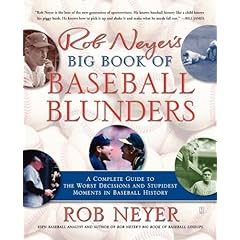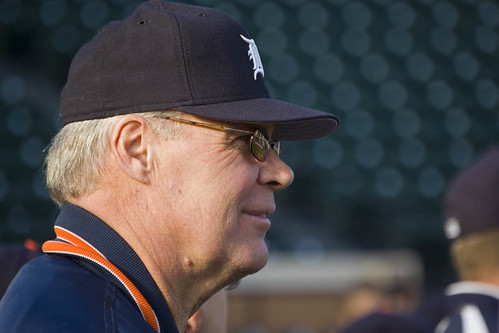Billy's Drinking Buddy Fowler Also A Decent Pitching Coach
Fowler, 84 when he died, was Martin's pitching coach everywhere he managed, which explains why the resume mirrors his boss's stops: Minnesota, Detroit, Texas, Oakland, New York.
Martin, who died on Christmas night in 1989, took Fowler along at every managerial stop, and not just for his skills at teaching the nuances of breaking balls and sliders. The manager needed someone to share a beverage with after the game, and Fowler was more than happy to fulfill that role. Art Fowler wasn't just Billy Martin's pitching coach; he was his drinking buddy.

Fowler in his playing days
There are still connections to Martin, but they have notoriety beyond Billy: George Steinbrenner, Whitey Ford, and Reggie Jackson, to name three, have lives and careers that are bigger than their respective laughs, tears, and blowups with the fiery #1.
But Art Fowler is gone, joining Mickey Mantle as another Martin crony that's passed. And joining Martin himself, of course.
But Fowler was no clown dressed up as a pitching coach. His staffs were usually pretty solid, and typically they improved after Fowler arrived. Often they faltered after he left, perhaps an even bigger tribute to his abilities. Fowler's staff in Detroit, in 1972, was supposed to be the weak link of a team that had the potential to contend. But it was the pitchers that carried the Tigers that season, while the hitters struggled. And the team won the AL East that year.
Fowler was a major league pitcher himself, and was a member of the 1959 Dodgers world championship ballclub. Also on that team was someone named Roger Craig, who turned out to be a pretty good pitching coach in his own right.
Art Fowler isn't on this earth anymore, but you can bet he's already hoisted a drink or two by the time you're reading this, with his old buddy and boss Billy Martin.
Just not sure if that's occurring above us, or below.










 Proud Member of DIBS
Proud Member of DIBS
